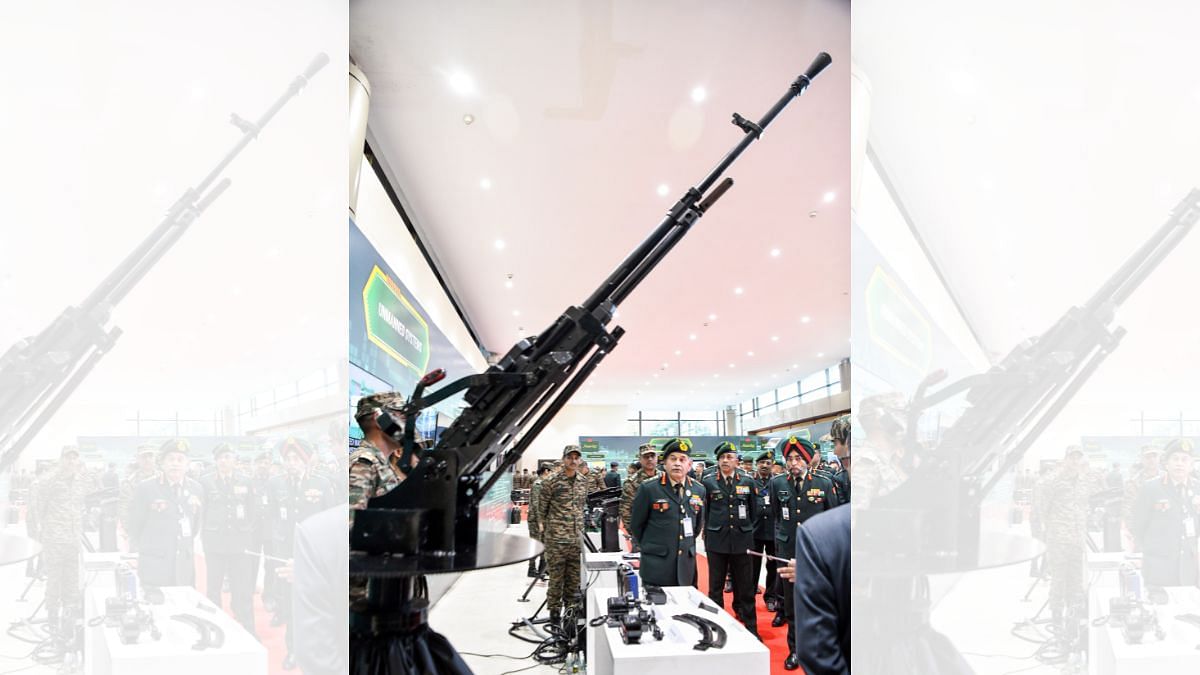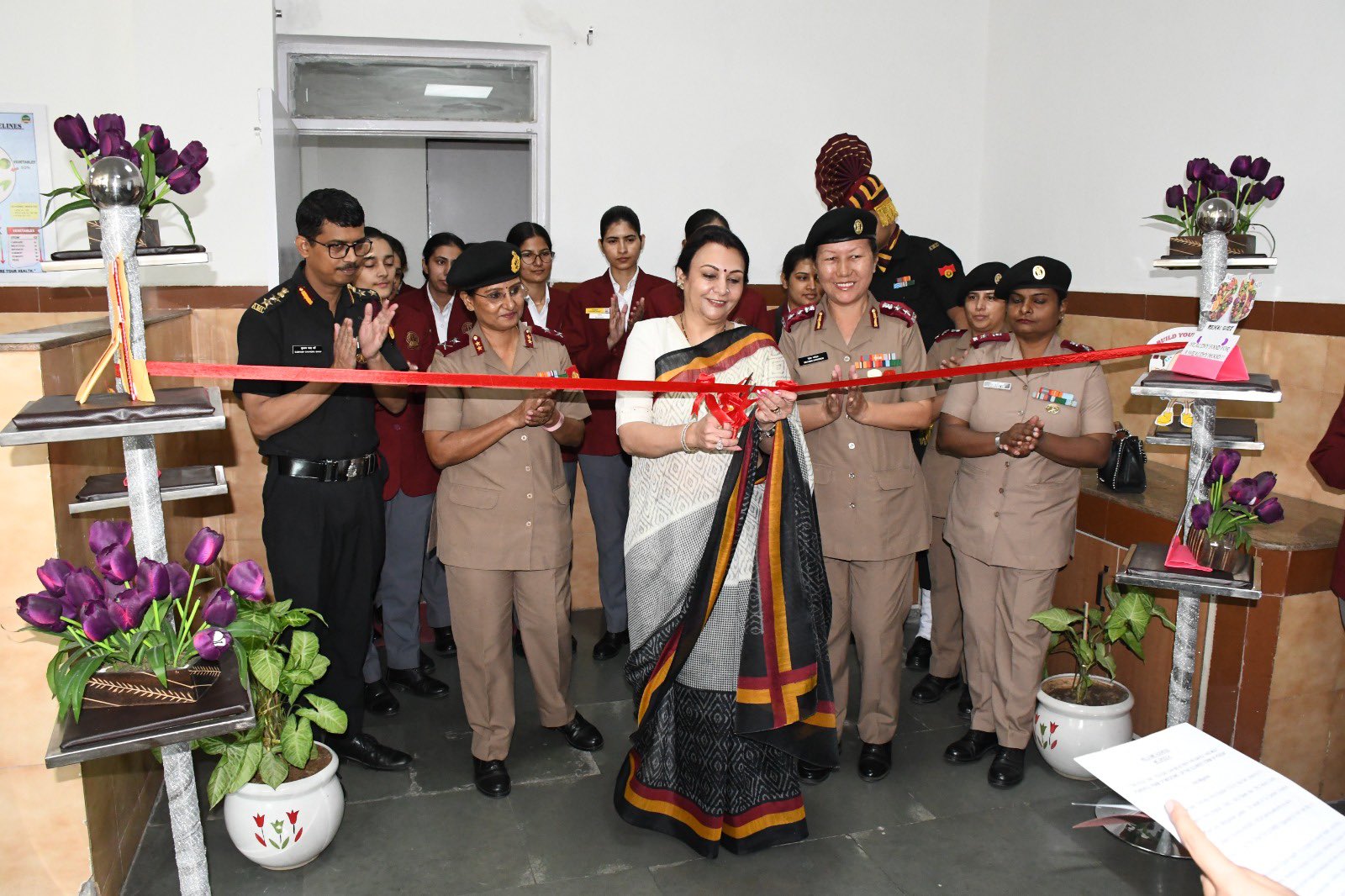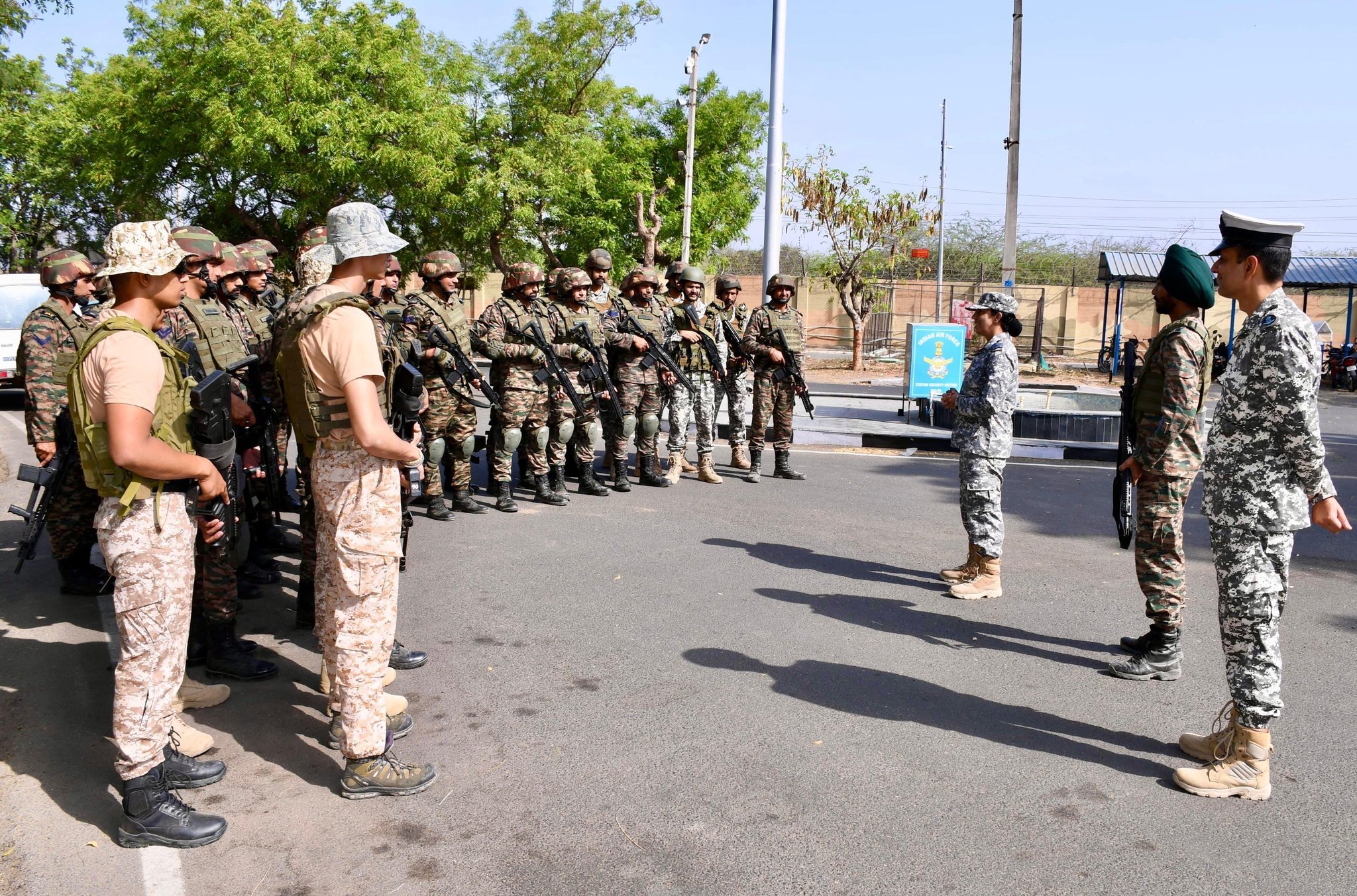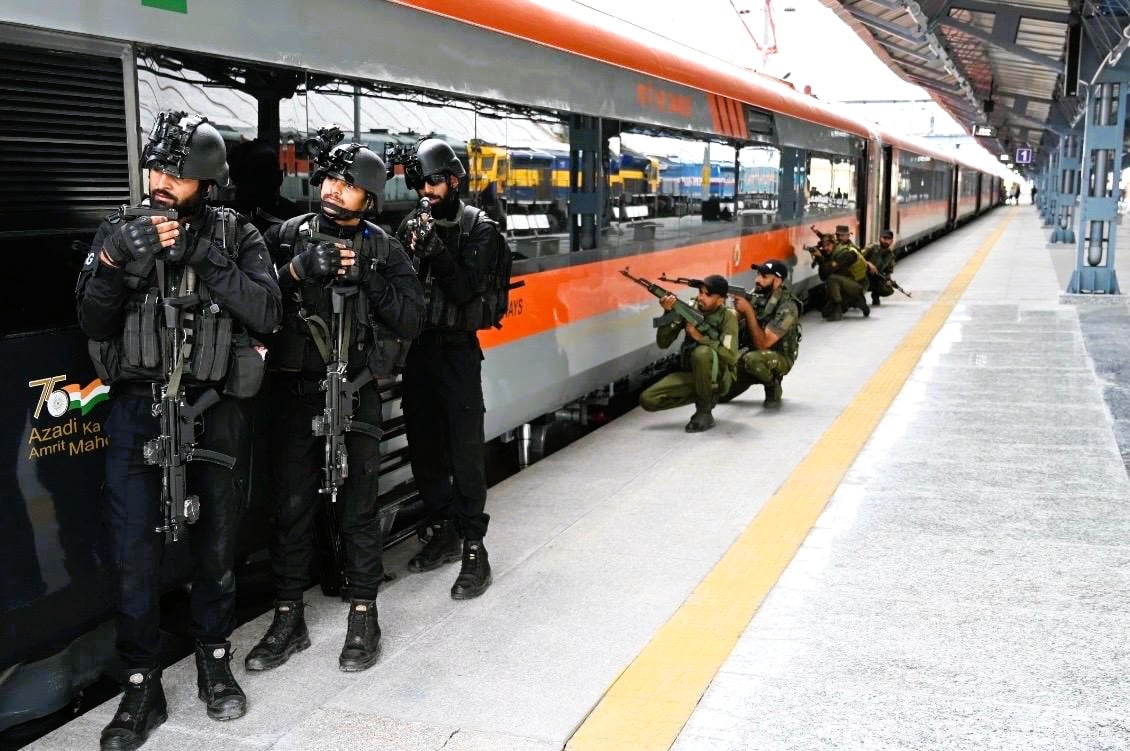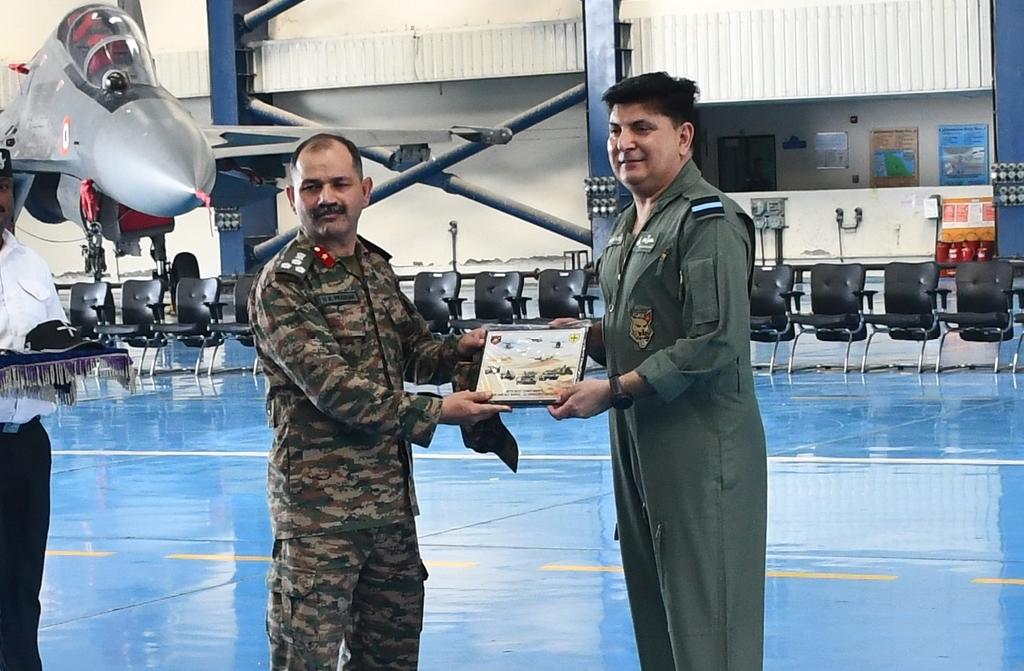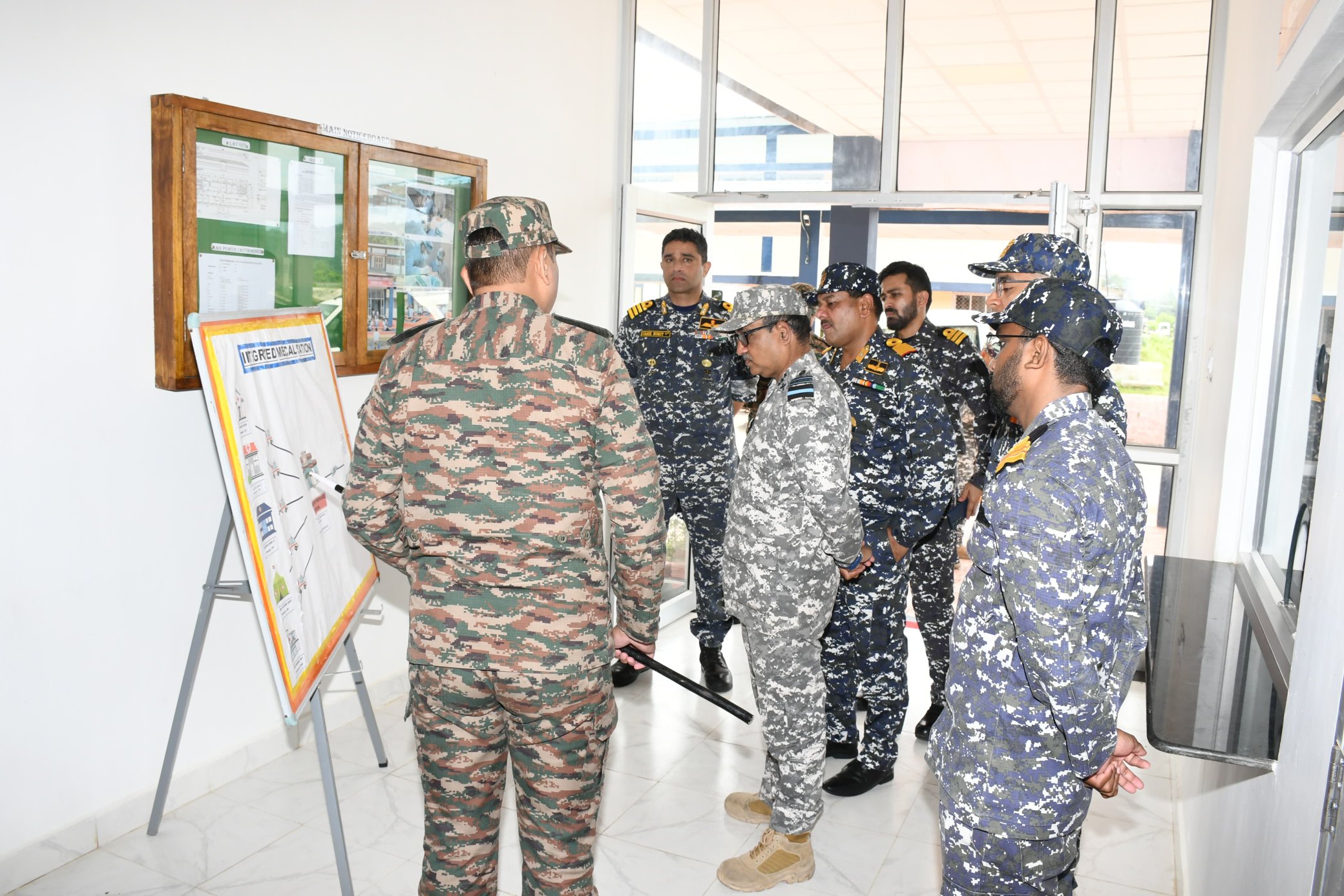In a significant move towards enhancing its battlefield capabilities and promoting indigenisation, the Indian Army recently highlighted 22 innovative solutions developed by its personnel during the Inno Yoddha competition held in New Delhi. These innovations cover a spectrum of domains, including unmanned systems, capability enhancement, and operational logistics, reflecting the Army’s commitment to address existing gaps through homegrown solutions.
The Army indicated that after assessing these innovations for their effectiveness, selected proposals will undergo multiple development phases including research and development (R&D), design and development (D&D), and scrutiny by the Army Technology Board (ATB) Projects, along with testing at Base Workshops. If approved, these technologies could eventually be deployed in real combat scenarios.
Among the technologies showcased was the Baaz Unmanned Aerial System (UAS), developed by Colonel Vikas Chaturvedi. This advanced multi-weapon drone is distinguished by its capability to fire rocket launchers, a first for the Indian Army. The Baaz drone can be equipped to drop small arms, automatic grenade launchers, and explosive ordnance on targeted locations, making it versatile for various operational roles, including anti-tank assaults and counter-terrorism operations. Colonel Chaturvedi explained that the drone operates effectively up to a range of 10 kilometers and has been rigorously tested in challenging high-altitude conditions in Sikkim, boasting stability that minimizes movement when firing.
The competition also featured the Ten AI-Enabled Weapon System, created by Lt. Col. Prashant Agrawal, Col. Ashish Dogra, and Agniveer Pratik Gare. This system bolsters Light Machine Guns by integrating AI-driven detection and tracking algorithms, which significantly enhance situational awareness and target engagement capabilities. The system combines data streams from various sensors to provide comprehensive battlefield intelligence, allowing for the identification of threats that might be hidden from traditional weapon systems.
Another notable innovation is the Remotely Operated NSVT, which addresses the vulnerability of gunners operating anti-aircraft guns from outside their vehicles. Developed to enhance the safety of crews operating T72 tanks, the system enables gunners to fire from within the tank using a motorised control mechanism, integrating a display screen that facilitates efficient target acquisition and engagement.
Additionally, the NABH AI technology was created to mitigate the risk of fratricide due to misidentification of aircraft, an issue highlighted by recent military conflicts. Developed by Col. Prashant Thakur, this system captures images of incoming aircraft and rapidly identifies them using AI algorithms, thus enhancing operational safety and response accuracy for the Army Air Defence.
Lastly, Major Sudheesh’s Fast Erection Rubik PD presents a groundbreaking solution for constructing bunkers in forward areas. This innovation reduces the weight and number of construction materials needed, allowing for the quick assembly of durable shelter in as little as two days. Made from polymer concrete for resilience in harsh conditions, the Rubik blocks incorporate a lightweight, interlocking design that simplifies the construction process and minimizes required manpower.
These innovative systems underline the Indian Army’s strategic focus on self-reliance and technological advancement, reflecting a proactive approach to modern warfare challenges and operational efficiency.

